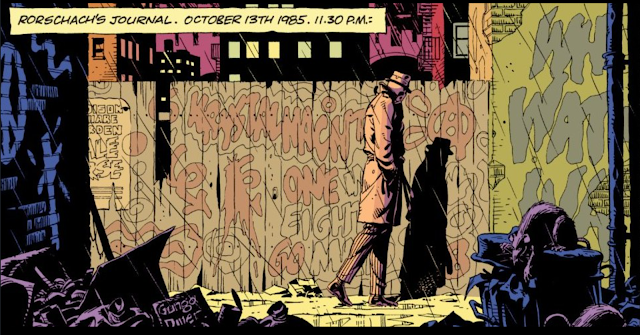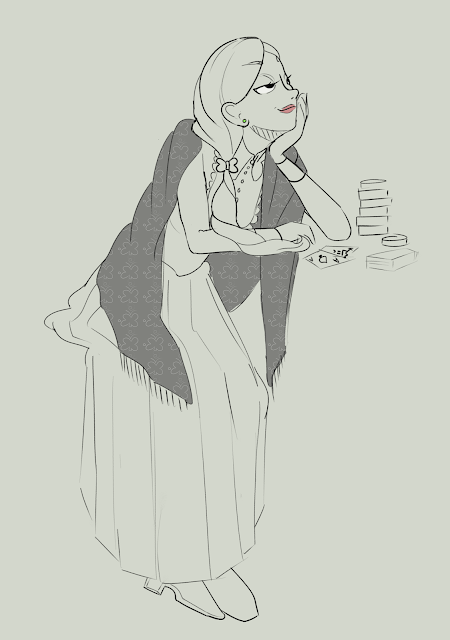01/02/21 update
Before I get into my recent work, I'll just acknowledge some stuff I did before Christmas that I didn't get round to posting about. I made adaptations of two works; The Seasons by Alphonse Mucha and Jimson Weed / White Flower no.1 by Georgia O'Keefe respectively:
 |
| The Seasons Alphonse Mucha (1896) |
 |
| Jimson Weed / White Flower no.1 Georgia O'Keefe 1936 |
The idea was to study the pieces and to adapt them for my project concept to try and develop my ideas further. For The Seasons, I researched into flowers that grew in each season that also matched with the personalities I associated with them. I used crocus meaning cheerfulness for spring, snapdragon meaning presumption for summer, chysanthemum meaning condolences for autumn and snowdrop meaning hope for winter.
For White Flower no.1, I was already given a flower: datura meaning deception. O'Keeffe's work has been analysed as beeing representative of female sexuality; the floral organs being likened to cisgender female genitalia. To achieve a similar idea, I emphased the mouth.
This past week and a bit, I've been working on my first illustration for my series. I decided to base it on the aster flower which has strong connections to mythology. I found three stories using the flower from this post from a former professor of the University of Vermont. He doesn't give any sources for the stories so I can't verify whether they are correct or not. But I'm not too concerned about the "canon" of mythology, especially greek, since stories vary between storytellers. Out of the three stories I took the most inspiration from the one about Astraea.
According to The Complete Language of Flowers by Theresa Dietz, the astrea means:
"Afterthought; Beautiful crown; Daintiness; Differences; Elegance; Fidelity; Gained wisdom and good fortune; I will think of it; I will think of thee; I will think of you; Jealousy; Love; Love of variety; Magical; Patience; Symbol of love; Talisman of love; True yet; Variety."
Additionally, the book specifically refers to the china aster so that is the specific plant that I will use as reference. As the name suggests, it is native to China and comes in a large variety of colours and flower heads. They are typically bushy like a chrysanthenum but I have found images of china asters that are more daisy-like.
Development work:
 |
| First composition ideas. I knew I wanted to use the association with stars through Astraea and the shape of the flower being compared to a star. |
 |
| I sketched out my character in walking gear based on my outdoors idea. I wanted her hair to look a little like an aster. I sketched out an idea for the same stargazing concept but inside. |
 |
| I started to play with colour. |
 |
| At this point I had begun to collect references. |
 |
| And this is my most recent draft. |
Recently, I've been reading comics and I finally got round to reading Watchmen. While it does the same overrendering of the faces that I dislike in western comics, I love the colouring. I love how block colour is used to differenciate between the planes of a space. This creates depth in a flat image much like the work of Japanese Ukiyo-e block printers like Hokusai and Hiroshige. An example of this in Watchmen is this panel in chapter one:
Here, colour is organised from warm to cool with pinks and reds in the back, yellows and greens in the middle and blues and purples in the foreground. I wanted to give this type of colouring a shot so I tried it out. I think it fits the illustration concept well as china astrels are brightly coloured.
I am currently happy with the composition. I think that I have used my literary contexts well. Since it isn't finished and this post is long enough, I'll explain my thought process more in depth once I have a finished illustration.
 |
Reference sheetReferences |






Comments
Post a Comment